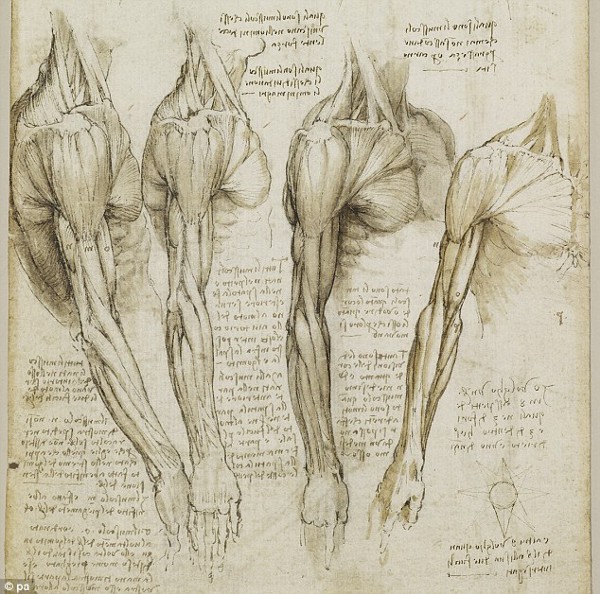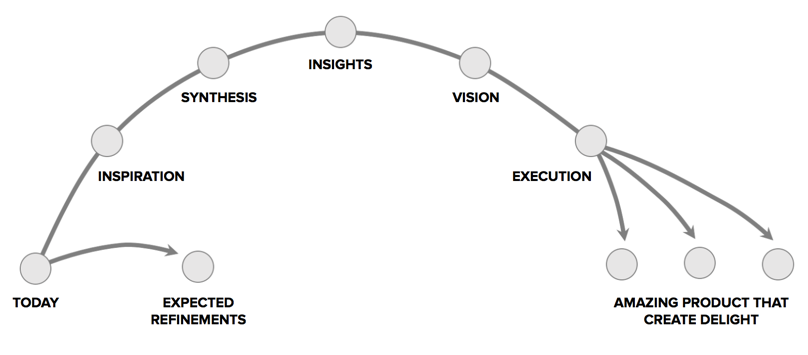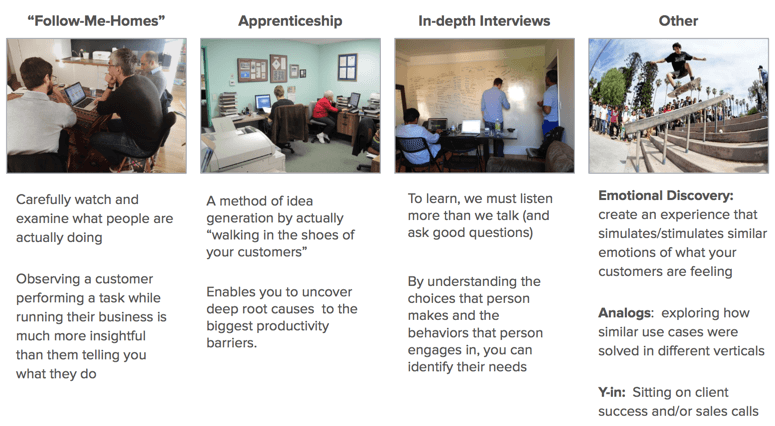Guest post by Brian Crofts, VP of Product at Namely
Let’s not refer to a product manager as a generalist, a Swiss Army knife, or “CEO of a product.” Instead, let’s refer to product manager as a product leader. Because inspiring leaders are what we aspire to become.
“Your title makes you a manager, your people determine whether or not you’re a leader.” -Brad Smith, Intuit
Let’s think about what happens with average product management leadership. Two years after your exciting launch, you slip into delivering “expected refinements” and get bogged down — overwhelmed even, by the amount of “things to build.” A punch list of fixes and improvements begins to grow, innovation slowly dies and energy will subside.
It is then essential that every product leader understands what it really means to master their craft to help ensure their venture’s success. Product development can’t simply be managed — it must be led — with expertise.
How product leaders can learn from the most famous of all polymaths, Leonardo Di Vinci.
 As the story goes, Di Vinci would steal cadavers and study them inside his studio.
As the story goes, Di Vinci would steal cadavers and study them inside his studio.
He would meticulously investigate the muscular and skeletal structures and patterns, and then draw what he saw. He would “sweat the details” in service of a greater vision — to help further realize his many masterpieces.
I appreciate his desire to better understand his subject, in the pursuit of perfection — or mastery of his craft. It was his competitive advantage throughout the renaissance.
When it comes to the craft of product leadership, there are many areas to master. And although this list is not meant to be exhaustive, it does represent the core capabilities required to be a great product leader- it is what I expect from myself and each member in my organization.
- Be Customer-Backed: the ability to translate customer pain into meaningful insights and action.

Big innovation requires big insights. And in order to achieve big insights, a product leader (and *team) need inspiration. This can come from a variety of places, but mostly from working closely with customers. Below are few ways to connect, some more common than others, but all are in service to understanding how you can solve your customers’ problems.
*team = engineer, designer, product marketer, product leader

After every interaction with a customer, I ask myself: was there anything that surprised me? What pain did I see?
“Entrepreneurs who manage to master the art of empathy have an uncanny habit of disrupting the world they live in. When you can step into your customers’ shoes — and see the world from their perspective, not yours — it’s easier to walk miles ahead of the competition.”
You can find a more detailed write-up of each approach here.
It is also important to work closely with customers early on in the design stage. I’ve spent many hours “paper prototyping” with actual clients (and prospects) for additional insights and inspiration. The only part of the approach that has changed over time is the medium we use.
About a year ago, I purchased the iPad Pro and Apple Pencil so I now do most of my sketches digitally. Before this, making on-the-fly changes and converting to digital was tedious. The iPad is much more efficient- and effective.
I’ve experimented with several apps, but I keep going back to Evernote. I can cut, paste, and move the different low-fidelity elements I sketch. It allows me to iterate quickly, even real-time with a customer.
- Be Data-Driven: the ability to lead with a hypothesis, validate with data, and distill into insights/next steps.
Data can also provide new insights into customer behavior. Often, it does a better job demonstrating what a customer actually does vs. what they say they do. It can highlight friction. It can trump the loudest opinion in the room. It’s what keeps us honest — in other words, it highlights “the biggest lie we are telling ourselves.” There are many ways to obtain and organize data. Below are a few examples from past products.
But don’t forget about your intuition. In fact, your intuition almost always defines how you approach your data.
When you’re faced with comprehending a large amount of data, your intuition helps you contextualize and understand it. Don’t be afraid to embrace it — to trust it.
- Be the Visionary. Ability to inspire problem-solving.

President John F. Kennedy was visiting NASA headquarters for the first time, in 1961. While touring the facility, he introduced himself to a janitor who was mopping the floor and asked him what he did at NASA. The janitor replied, “I’m helping put a man on the moon!”
It’s critical that product leaders have a product vision that is customer-backed, meaningful, and ultimately measurable. It also needs to be continually communicated. Once is never enough. As my last CEO Brad Smith used to say, “repetition doesn’t ruin the prayer.” It is the job of a product leader to unite the team on a common goal.
Send an American safely to the Moon before the end of the decade. It’s “customer-backed” (safely), meaningful (first to the moon), and measurable (by the end of the decade).
- Be a builder.
Low fidelity sketches that ultimately shaped some of my products
Engineers and designers build. Product leaders build. Some product leaders build by writing SQL queries to pull data to complete a well-written spec. Other product leaders like to sketch paper prototypes to conduct “hallway tests.”
With new tools like Pendo, product leaders can launch in-app messaging, polling, and guided walk- throughs (without any help from engineers).
Showing off her in-product message via product Slack channel
It’s never been more exciting to be building products. It’s never been more fun to be a product leader. But the business requires us to be better. We have a charge to master our craft. Irrespective of the industry, the phase of growth, the tenure of the business, product leaders need to be customer-backed, data-driven, and visionary.
